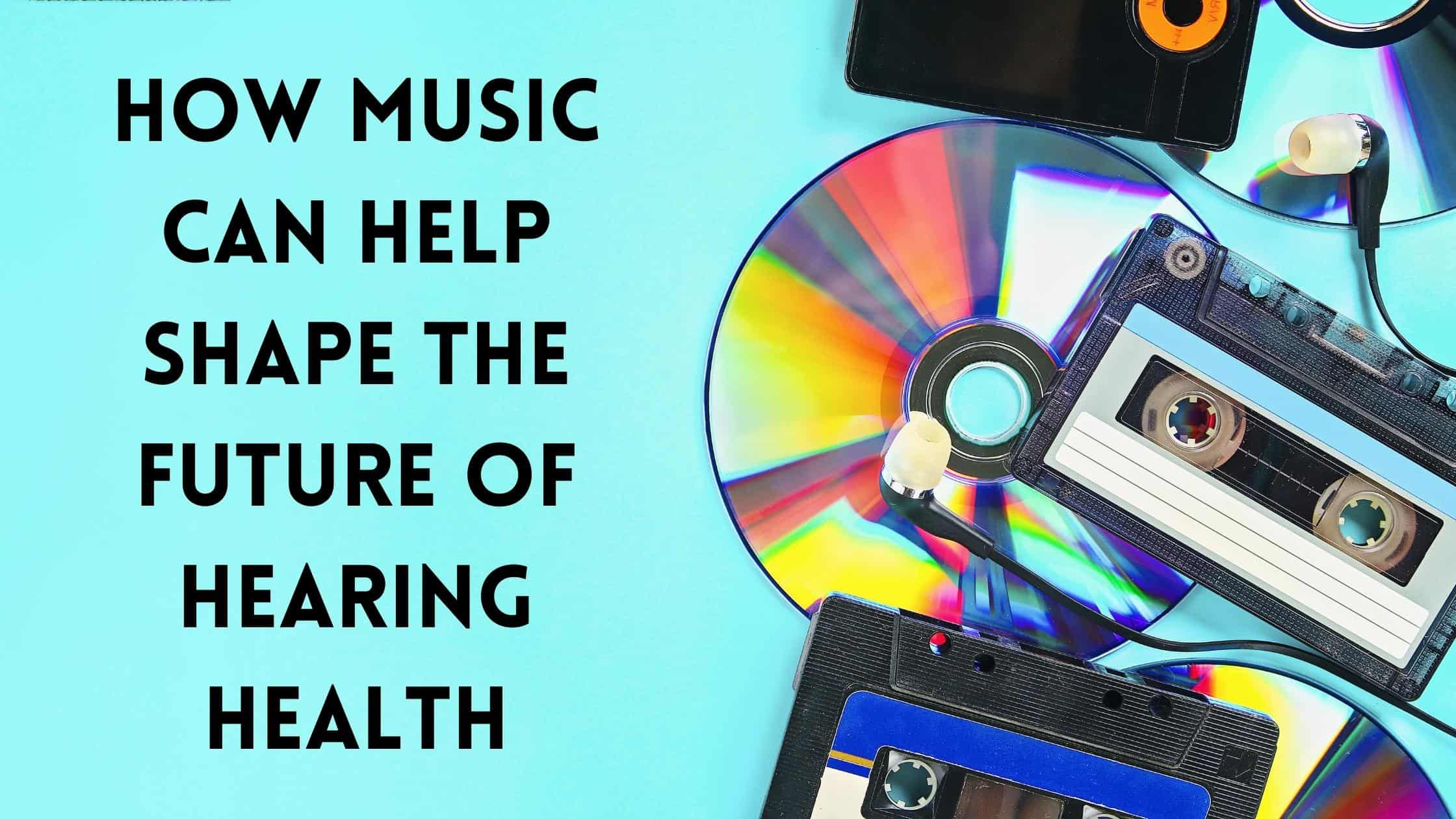
- Tips for Veterans Dealing With Hearing Loss - April 25, 2024
- How to Properly Clean Your Hearing Aids - April 15, 2024
- How to Handle Ear Infections With Hearing Aids - April 5, 2024
Music is more than just art. It evokes strong emotions and stimulates the brain. “There are few things that stimulate the brain the way music does,” explains a Johns Hopkins otolaryngologist. “If you want to keep your brain engaged throughout the aging process, listening to or playing music is a great tool. It provides a total brain workout.”
Research shows that aside from elevating your mood, increasing motivation, and stimulating emotions, listening to music can reduce anxiety, blood pressure, and pain. In addition, music has beneficial effects on the brain such as improvement of sleep quality, mood, mental alertness, and memory. Because of the importance of music on the brain, hearing aid technology is also designed with an emphasis on enjoying music to its full capacity. Being able to hear music to its full potential is a key element of hearing health.
Music and the Brain
One beautiful aspect of music is that it fuses many different elements in the brain at once. Aside from being soothing, stimulating, or engaging, music relies on elements that are structural, mathematical, and architectural. Aside from the feeling and intent created by artists, there are also relationships between one note and the next. When we hear, our brain does quite a lot of work to process and hear music.
Hearing Aids and Music
Hearing aids initially are designed to enhance speech and amplify conversation as well as help to hear sounds in our environment such as approaching traffic, alarms, birds chirping, and more. Music in comparison requires much more nuisance to amplify in a way in which it can be fully enjoyed. Many hearing aid users who listened or played music reported that music sounded flat or distorted when using their hearing aids. Even music considered quiet can often hit thresholds of 95dB, which is well over what most hearing aids are equipped to interpret, causing hearing aid signals to distort when focusing on music. In addition, music is much more varied and subjective than speech. Where speech is often straightforward to interpret music can create issues when it comes to identification through hearing aids.
Improvements in Hearing Aids for Music Lovers
The newest innovations in hearing aids understand that many musicians are the very people who need hearing aids the most. Professional hearing aids often spend years around music and dangerous decibel levels in the studio and concert halls playing gigs night after night. However, it’s not just rock and roll musicians who are at risk. Even classical musicians are exposed to levels of noise due to hours of practice and performance which can damage the ears.
The Dynamic Range of Music to Digital
Many hearing aids today now offer settings equipped to handle more complex noise present in music by elevating the available A/D converter dynamic range. Dynamic Range is a way to measure the conversion from the analog sound we hear in the world and convert it to digital. Technically dynamic range is defined as the ratio between the largest and smallest value your hearing aid can measure. New hearing aids effectively expand what can be heard in the terms of music.
Features Enhancing Your Music Experience
Today’s hearing aids, aside from being better equipped to amplify sound, also offer many features to enhance listening pleasure. For instance, Bluetooth technology allows for music to be streamed directly and wirelessly to your hearing aids from a smartphone, television, car, or at the home stereo system.
When attending a live concert, you may benefit from an induction loop, also known as a telecoil. These are present in many public theaters and concert halls and allow equipped hearing aid users to amplify sound from the stage directly to their hearing aids.
Listening to Music Today
Today, hearing aids offer a dynamic range of sound to accommodate changes in volume and pitch while still preserving sound quality. For hearing aid users this means no longer is there a need to turn up the volume on a music player, which would ultimately distort sounds and further expose listeners to dangerous decibels. Instead, you can customize listening programs to optimize music quality and provide additional amplification for sounds you can’t hear clearly, providing hi-fidelity sound. To find out what hearing aids can offer for your listening experience, don’t hesitate to schedule a hearing consultation today!
